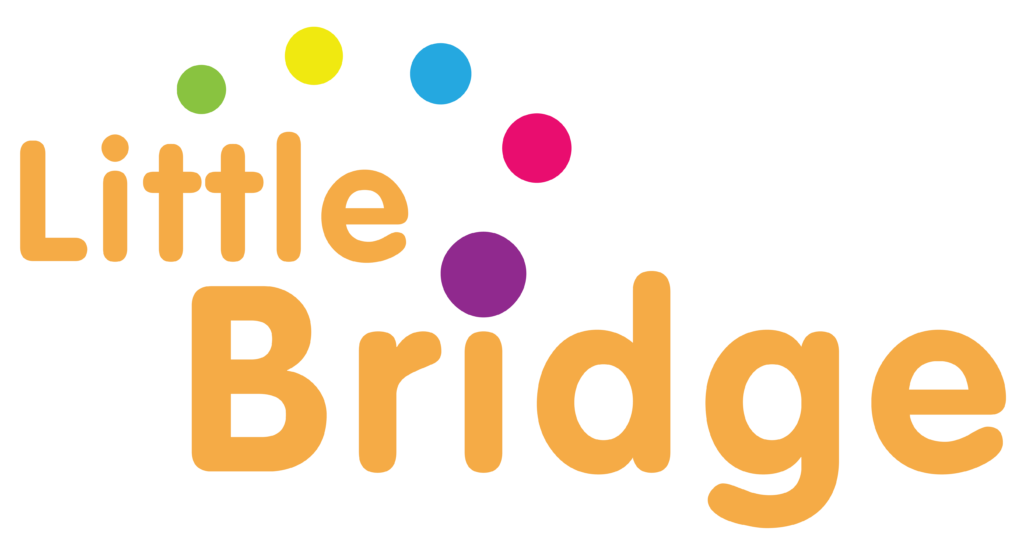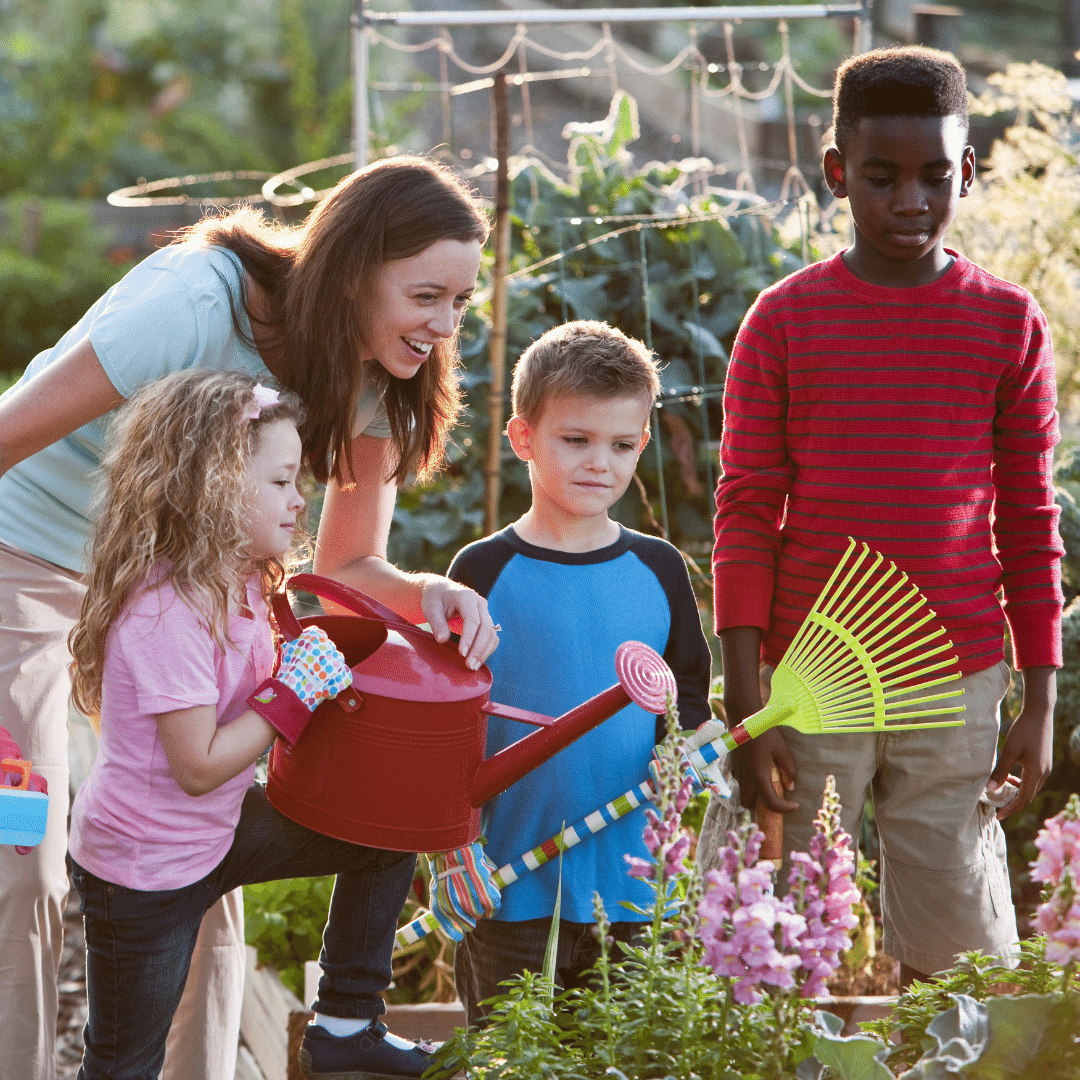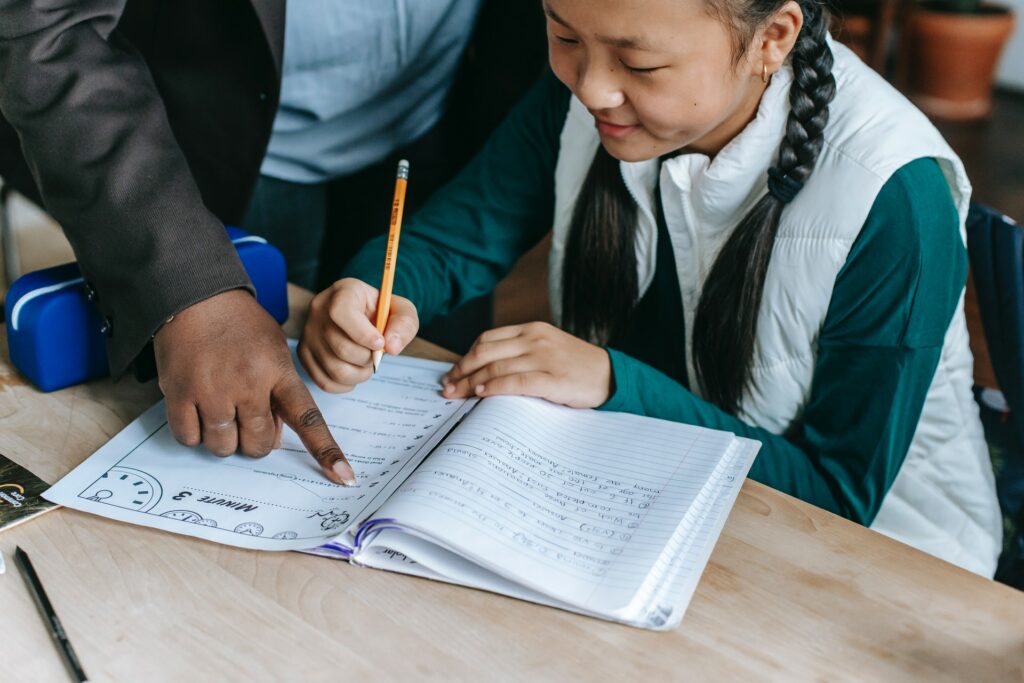Emma Rogers, CEO of Little Bridge, shares her views on the importance of learning by doing for children in this blog
The ‘learning by doing’ theory is attributed to John Dewey, the American philosopher. He wrote his first article ‘My Pedagogic Creed’ in 1887. Since then, his ideas have permeated the education landscape across the world. These have surfaced in various forms. ‘The Kinesthetic Learner to Experiential learning theory, among others.
Dewey built his hands-on approach to learning on the fact that children are not listeners. As he explained they are;
‘First and foremost interested in moving, communicating, exploring the world, constructing and expressing themselves artistically.’
He emphasized the importance of collaboration in learning. Where Dewey saw children helping each other, others saw ‘cheating’ and ‘copying’.
Learning by Doing – The importance of teachers
Yet Dewey was not anti-authoritarian. He stressed the importance of the teacher.
‘Humans learn through relations to more proficient people, who become a role model.’
He saw the learning experience as an apprenticeship. Learning as a series of practice sessions where the teacher was the master.
Language teachers have long applied ‘learning by doing’. Session begin with a demonstration or explanation. Next, students are invited to try using the language themselves. And thanks to technology, we’ve moved a long way from group repetition. Pair-work, ‘language labs’ and apps – all encourage student participation.
Self determination
But here’s the thing. For ‘learning by doing’ to be effective, it has to include another element. Self determination.
Students are more motivated to learn when they can choose tasks that are meaningful. Dewey understood this. The student’s interests and purposes are the most important things.
Today neuroscience explains this as the ‘self reference effect’. For example, when learning the vocabulary for colors. With gamified apps, information is absorbed at a ‘shallow processing’ level. Students are likely to forget information processed at this level.
However, we can access deep processing. Students need to use their new language skills in a way that is meaningful to them. For example, having a conversation with about their favorite colors. This pushes the new vocabulary into ‘deep’ processing. Retaining information is more likely when processed at this deep level.
Teaching, learning and community
According to Dewey, teaching and learning are connected to community.
‘Education is not preparation for life; education is life itself.’
This statement is what underpins our approach to learning at Little Bridge. Our platform combines learning English with the opportunity to put new skills into immediate use. Making friends and communicating with them motivates students. They are experiencing important skills for life.
As Dewey explained, the ultimate goal of education is to create human beings with good judgment, who can participate in the community and discover the common good.
Who would argue otherwise?
Enjoyed reading this blog? Visit Emma’s Medium profile to find out more about social learning.
The Little Bridge mission is simple! To enable children to make new friends and learn to communicate, in English.
Get started with Little Bridge today! Book a call with our expert team. Contact us here.


